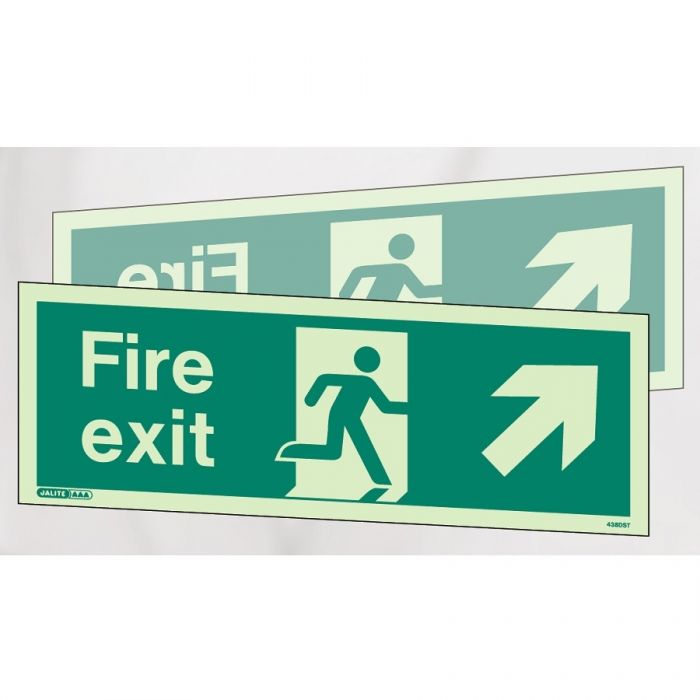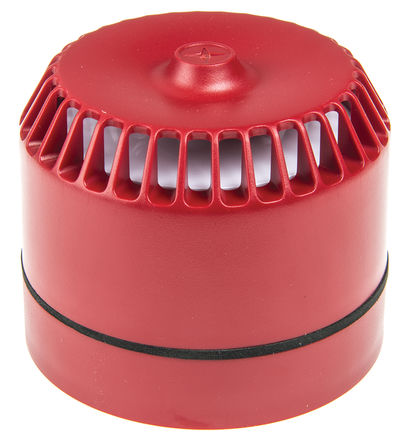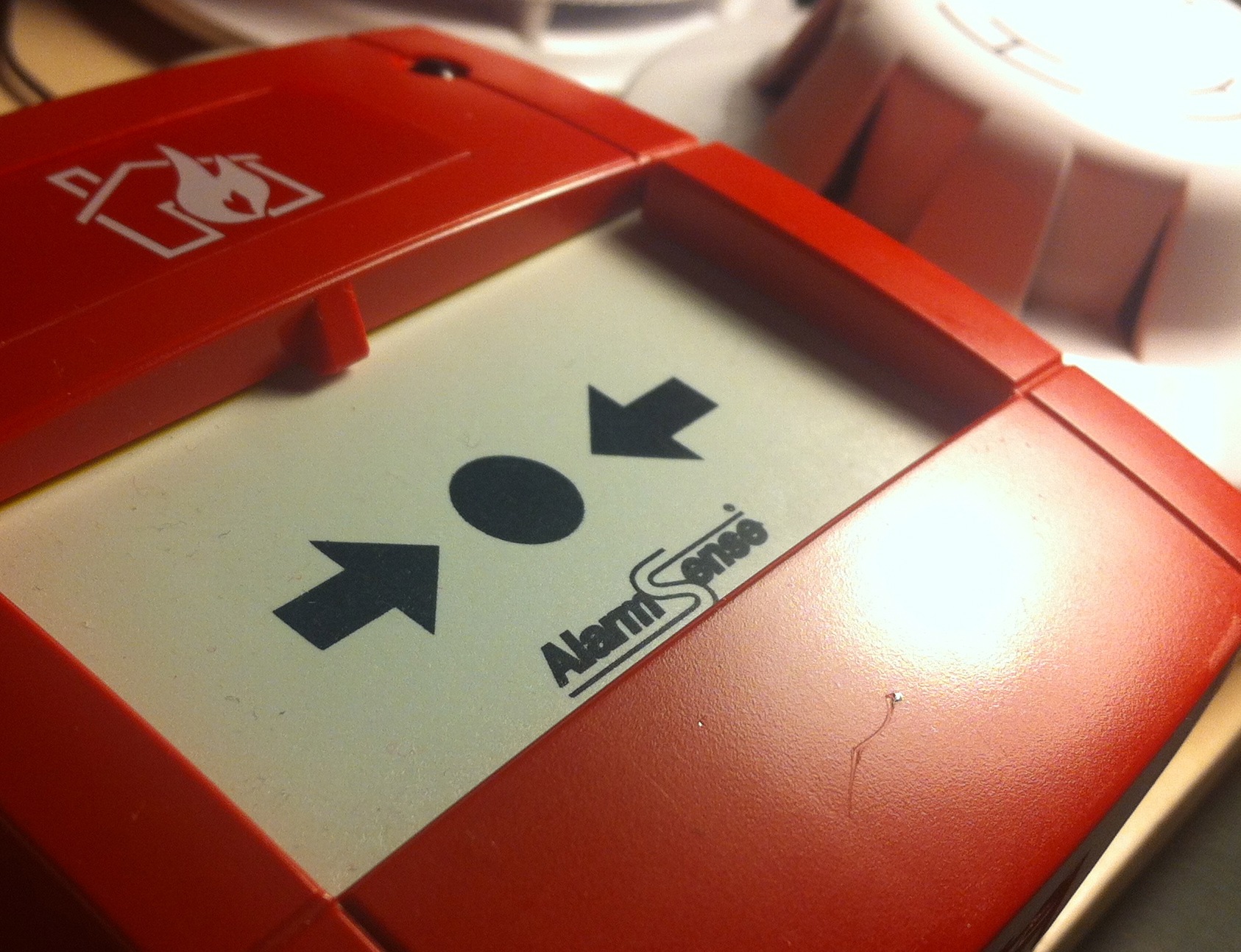BS5839 Fire Alarm System Classifications
BS5839 Fire Alarm System Category Guide
The British Standard BS5839 splits fire alarm system designs into different classifications of system. This article looks at the different types of fire alarm categories and system classifications for Public, Commercial and Industrial buildings (a further article will be written to explain domestic system classifications).
BS5839 Splits fire alarm systems into 3 categories. These 3 categories are Category P Systems, Category L Systems and Category M Systems. It's important to know about all the categories of fire alarm systems before you start designing or installing one, you'll need to find out which one meets your requirements. If you own a hotel, B&B, care home, housng or any premises that houses residents who sleep and live there then you'll need a more complex system than if you own a small office or workshop. The following is a description of these categories to help you decide which fire system to invest in for your building. Here at The Safety Centre, we stock all the equipment you need for the categories below, if you need help deciding on the category you need or if you need help picking out your BS5839 detectors, manual call points etc. then we're here to help you create a reliable fire system.
All the systems described below are expected to have manual call points on all final exits, entrances to stairwells and corridors where persons are not expected to walk more than 45 metres to operate a call point - if a person has to walk any further than this to alert occupants to a fire, this could put everyone at risk. The most important thing when a fire occurs in your building is early detection.
Category P Fire Alarm Systems
BS5839 Category P Fire Alarm Systems are designed specifically for protection of property only. Category P systems are split into 2 classifications P1 or P2.
The main objective of a Category P1 fire alarm system is to provide the earliest possible warning of a fire to minimise the time between ignition and the arrival of the fire fighters.
The difference between a P1 and a P2 system is that a P1 fire alarm system is designed to protect the whole building providing the earliest detection of a fire possible, whereas a P2 system is installed in defined parts of the building only. These defined parts of the building may be areas with an extraordinary high fire risk or hazard. Both systems aim to alert the fire & rescue services as soon as possible, however, P1 systems are usually more effective at minimising damage to the building through early detection.
Detectors are installed in every room for the P1 alarms whereas P2 only have detectors in high risk areas. P2 alarms do not provide the amount of protection that P1 alarms do, however, they still provide early detection where a fire is most likely to start.
Manual call points aren't essential in category P fire alarms, there are only corridors and no escape routes and heat detectors may be installed.
There are also P1/M and P2/M fire alarm systems, this is when a full M category system is linked to either a P1 or 2 system, AFDs (automatic fire detection), MCPs (manual call points) and alarm devices should be installed in every room of the building.
Category L Fire Alarm Systems
The main objective BS5839 Category L Fire Alarm System is life protection. These systems are split into 5 classifications L1, L2, L3, L4 and L5.
BS5839 Classification L1 Explanation
A BS5839 L1 classification includes automatic fire detection in all rooms, on all escape routes and in all voids over 800mm in height. Sounders positioned throughout the building to achieve a minimum of 65dB(A) throughout the building and 75dB(A) at bedhead where there is a sleeping risk. In areas of high ambient noise sound levels the fire alarm sound levels should be 5dB(A) above the normal noise level although not exceeding 120dB(A). This is the most comprehensive system and provides the best standard for protection of life as manual call points and automatic fire detection are installed in every part of a building, this system is usually installed in care homes or hotels. It's the ultimate fire alarm system.
BS5839 Classification L2 Explanation
A BS5839 Classification L2 System should include automatic fire detection on all escape routes and rooms leading onto escape routes. An L2 system can also include additional areas deemed as a high risk not included in the escape routes and adjoining rooms, such as boiler houses. These high risk areas can be identified from a fire risk assessment carried out by someone trained to do so. The sounders in the building should be according to the description in the BS5839 Category L1 description as above. A step down from the L1 classification, the L2 system is designed to give occupants as much time as possible to get to escape routes before they inhale smoke. This system is great for smaller accomodation compared to the L1, a B&B or housing that sleeps 10 people or less would be ideal - any more than 10 residents and you'd need to invest in an L1.
BS5839 Classification L3 System Explanation
A BS5839 Classification L3 system is very similar to a category L2 system in that automatic fire detection should be positioned on escape routes and adjoining rooms, although it does not have to include for additional areas deemed to have a high fire risk. The sounders in the building should be according to the description in the BS5839 Category L1 description as above.
BS5839 Classification L4 System Explanation
A BS5839 Classification L4 system includes automatic fire detection on escape routes only, and not in the adjoining rooms as per the L2 and L3 classifications. It also includes manual call points throughout the building. The sounders in the building should be according to the description in the BS5839 Category L1 description as above. This system will not fit the guidelines to be installed in premises where people sleep.
BS5839 Classification L5 System Explanation
A BS5839 Classification L5 System is designed for buildings that have a particular fire risk identified which warrants some special attention found through a fire risk assessment. For example if there is an area of high fire risk which is considered worthy of having some automatic detection but a manual system is also needed, then this will be termed as L5/M. This system could include automatically closing metal shutters to contain the fire or an extinguishing system triggered by detection of the fire. The sounders in the building should be according to the description in the BS5839 Category L1 description as above.
Category M Fire Alarm Systems
A BS5839 Category M Fire Alarm System is a manual operation only system which has call points on all exits as well as corridors where persons are not expected to walk any more than 45m to operate one. This system relies on the manual detection of a fire where a user can trigger the alarms through the call points if they see a fire. This system is usually installed in workshops or factories and shouldn't be installed where people sleep in any circumstance.
If you would like more information then please contact us. Thank you for reading this blog article on the Safety Centre website. Our blog posts discuss many health and safety issues, products such as Fire alarms and extinguishers, safety technology and wider industry news. Take a look at our wireless fire alarm systems!











